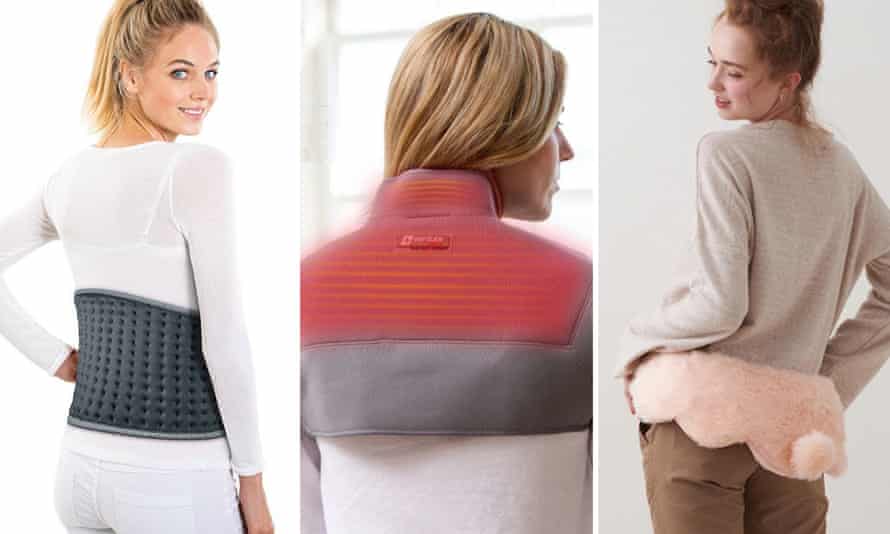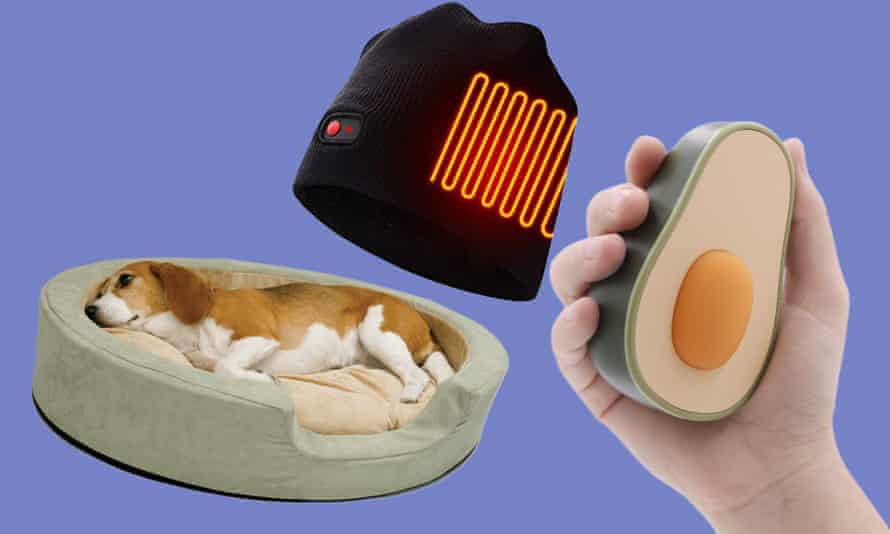Dave Southgate is toasty in his chilly Canberra home – and he pays no power bills.
A USB-rechargeable heated vest, worn underneath a jumper, and a heated scarf wrapped around his neck offer all the warmth he needs. His heat-loving wife prefers an electrically-warmed seat. They keep electric throw rugs on the couch.
A cyclist mate uses heated socks, Southgate says, while hand warmers – either disposable heat packs that use a chemical reaction to give about 10 hours of warmth, or battery-powered gloves – are great in pockets for going outside, and in bed instead of a traditional hot water bottle.
“They’re using bugger all energy,” he says. “And you can get yourself beautifully warm.”
Australia is in the middle of an energy crisis, a broader cost of living crisis, and an uncommonly bitter cold snap across much of the land.
Google data show searches for “heated blanket” and “heated socks” have soared to their highest rates ever in the past couple of weeks. In recent years, the range of personal heating devices available, usually made with small filaments threaded through fabric, has also increased.
Allow Google content?
This article includes content provided by Google. We ask for your permission before anything is loaded, as they may be using cookies and other technologies. To view this content, click ‘Allow and continue’.
Allow Google content?
This article includes content provided by Google. We ask for your permission before anything is loaded, as they may be using cookies and other technologies. To view this content, click ‘Allow and continue’.
There are app-controlled “body furnaces” that can be strapped to limbs or torsos. Trendy heated scarves come in a rainbow of colors and sport jaunty bows.
Remote controlled insoles offer three levels of heating inside your shoes. Chemists sell cheap, disposable hand heaters, while a heated computer mouse will set you back a little more (and only help one hand at a time).
There are waist warmers that sit on the hips like corsets or fluffy pink bustles complete with rabbit tails attached, and retro-futuristic heated shoulder pads.

Southgate, 74, describes himself as a “frustrated climate change bureaucrat”, who has been documenting his family’s transition away from fossil fuels over about a decade.
Solar panels now provide more than enough power for the family home. He started by sealing the house from any drafts, and installing energy-efficient infrared panels.
“Then we started asking, why are we heating all the air?” Southgate says. “What’s the point if you only want to heat people?”
So he started experimenting with personal heating devices, and landed on his preferred outfit.
“My wife’s from Malaysia, she wants things very hot. The heated seat is a great favourite,” he says.
“We’ve left the hot water bottle for heated hand warmers – they last all night and on a cold day I’ll … put them in my pockets.”
There are more conventional articles, of course, like Oodies and beanies. His son splurges on the fan heater sometimes, but there’s no fighting over a thermostat.
“With personal heating, you can choose what you want,” Southgate says.

Alan Pears, a senior industry fellow at RMIT, says he was working with a retirement home where half the people complained it was too cold and the other half complained it was too hot.
“So we were offered the ones who felt cold heated rugs,” he says. “They loved them.”
Many people really don’t understand heating and energy use, he says – there is a particularly broad misunderstanding that small fan heaters are cheap. But while they’re cheap to buy, a reverse cycle air conditioner on heating mode is far more energy efficient.
But a heated throw rug only uses about as much energy as a light globe, he says (the old fashioned ones, not LEDs).
“With personal heating devices, you can be cozy and use enormously less energy than trying to heat a room.”
Chris Barnes, Choice’s household product expert, points to research that found Australians are more likely to die of the cold than Sweden, because the Swedish are better prepared; while UNSW researcher Philip Oldfield wrote this week that Australian homes are closer to tents than modern eco-houses.
Barnes agrees, calling them “glorified tents”.
It doesn’t have to cost a lot to make a home more thermally efficient, Barnes says. Using a candle to detect drafts, door snakes to stop them, and even bubble wrap to trap air against windows can help, he says. You might even have a ceiling fan with a “winter” switch, which will help push warmer air downwards.
“In this day and age, with terrible electricity prices and so on, obviously it is important to reduce the amount of energy we use as much as possible, and to get as much value as possible,” he says.

Barnes reiterates the point that it is cheaper to heat a human than a house. But he urges caution when using products like electric blankets and heaters. It’s always worth checking if there have been any product recalls for faulty goods to avoid house fires or electrocutions.
Plug-in electric blankets come with particular safety risks, Barnes warns, as the wiring can wear out over time, especially when they are stored folded. “So if you’ve got an older one, it’s worth Replacing,” he says.
The Australian Competition and Consumer Commission also warns of the harm heating devices can cause when being brought out of storage, used on top of each other or with other electric products.
Damaged electric blankets, for example, can start fires or give electric shocks.
Even basic wheat packs or hot water bottles can cause serious burns, and battery-powered heated socks have been recalled in the US after malfunctioning and causing minor burns.
Southgate says he wouldn’t let children use heated devices, and that extra care should be taken with older people, who might not realize they’re overheating.
But his family is cozy, has reduced its carbon footprint, and hasn’t had a power bill “for some years”.
“It can be done,” he says, adding that people can start small, by turning the thermostat down just a couple of degrees and working out how to cope.
“You don’t have to go cold turkey.”
